The Article
V5 SYNCHRO UNI 16 FROM ISOTEK
9th July 2025
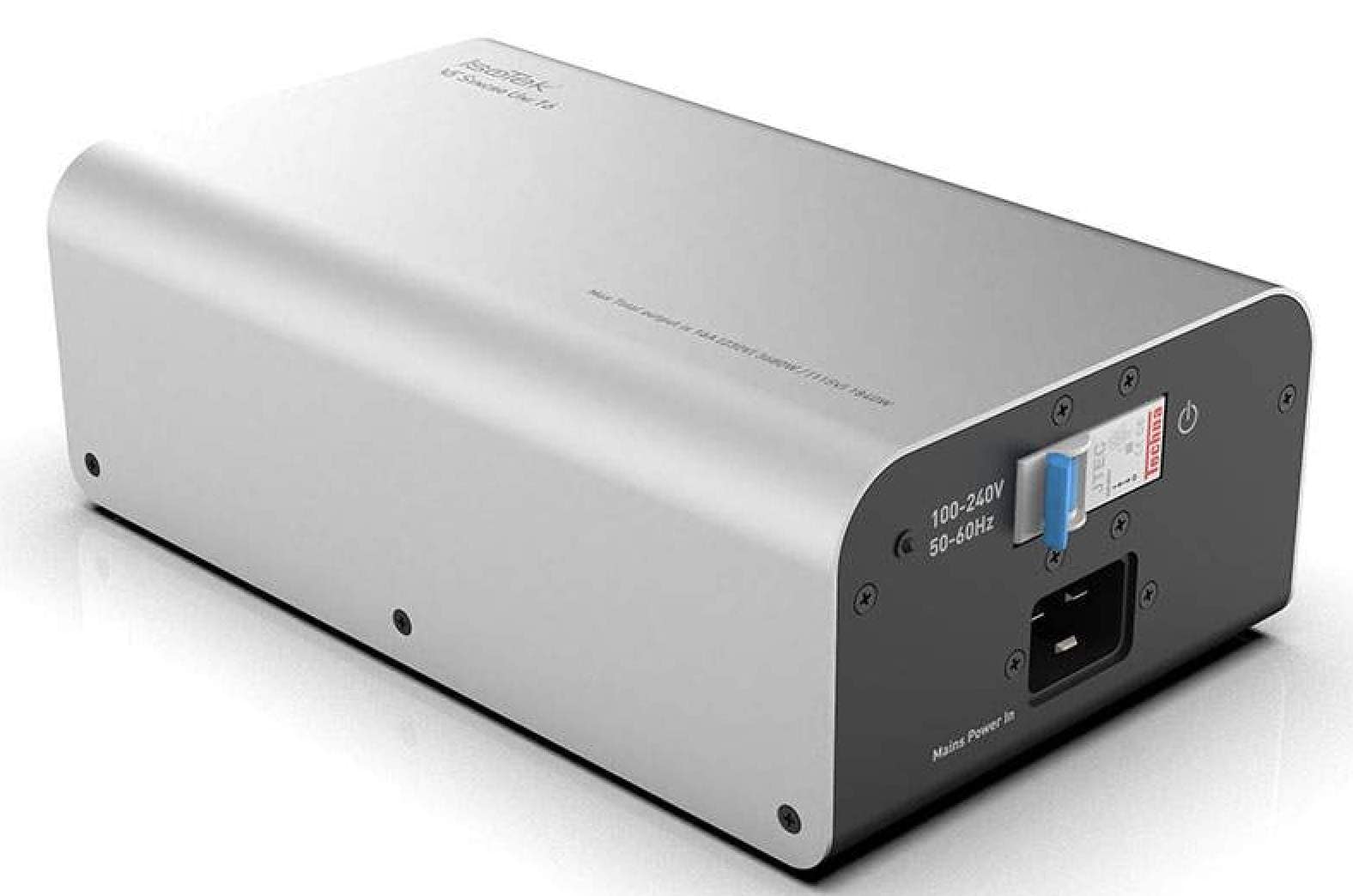
This compact DC blocker aims to remove noise from your HiFi system, allowing more music to reach your ears. Paul Rigby unblocks his ears
What is a DC blocker? It’s this, a box measuring 150 x 85 x 250 mm, weighing 2kg with an IEC socket on one end and a UK three-pin socket on the other (other sockets are available). The idea is to silence the hum from transformers in electrical equipment and also reduce vibration from other mechanical parts which eventually turns into microphony. Of course, that’s the stuff that masks your fine detail. Especially in our modern world, full of cheap-as-chips, switch-mode power supplies and the like.
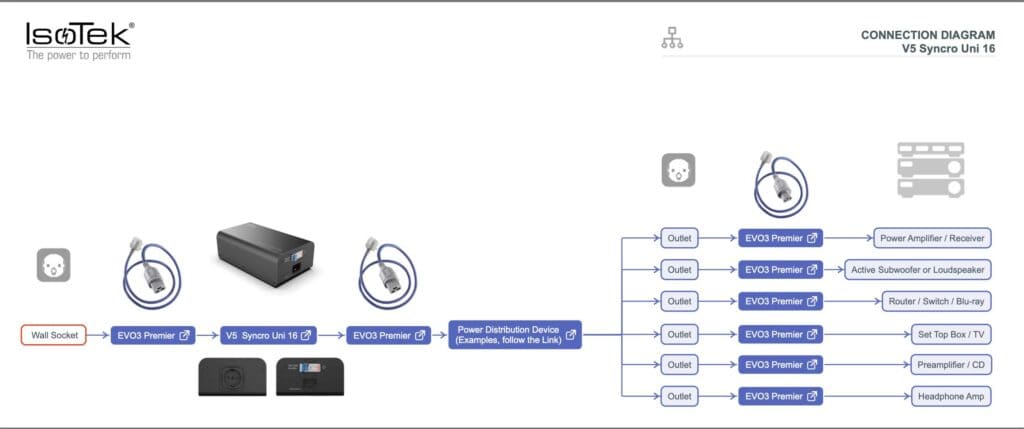
There is a gamut of highly technical information regarding the contents of this chassis, what and how it performs its task but I am not covering that lot here. It would demand another 1,000 words of text. So check out the link below for more of that, if you’re interested. My task is to see if this thing works or not.
IN USE?
In use, you add your own cable or IsoTek can supply a specialist example for you, in the IEC socket (I used Isotek’s Premier C19 high-power mains cable – see price below). That plugs into the wall. The other end, the three-pin end? That connects to your HiFi. Drag the connecting cable from your mains block and plug that into the V5 Synchro Uni 16.

And yes, there are cheaper DC blockers out there but this one also, so I hear, re-aligns the AC sine wave. Only filtering DC and not looking at the sine wave will, so says the company, have detrimental effects on the sound quality. So, whilst DC is removed by other products, overall sound quality can, apparently, in the worst cases, be degraded and even end up worse than it was before filtering DC.
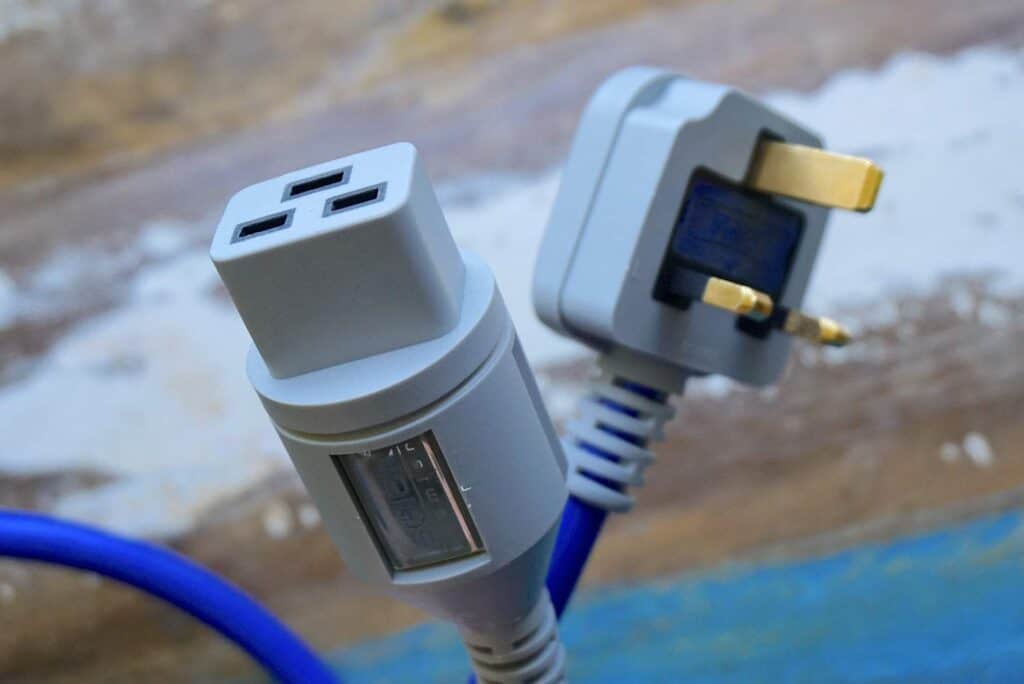
The box here is the 16 Amp version. There is a cheaper 10 Amp version but my large HiFi, so I was advised, needed the extra headroom. The chassis feels solid and arrives with a circuit breaker or, as Isotek has it, a Thermomagnetic fuse.

My only design issue is the white power light that shines when the box is switched on. The light is way to bright. I recommend covering it with tape. I also recommend that Isotek change the bulb for a soft blue or purple. As it is? I can contact enemy submarines off the south coast with this thing.

So then, this V5 Synchro Uni 16 should, ideally, clean up that sonic rubbish, helping the overall sound quality. We will see.
SOUND QUALITY
I didn’t want to shilly shally on this review. I grabbed the Isotek and threw it into the deep end. I waited for it to swim or drown.
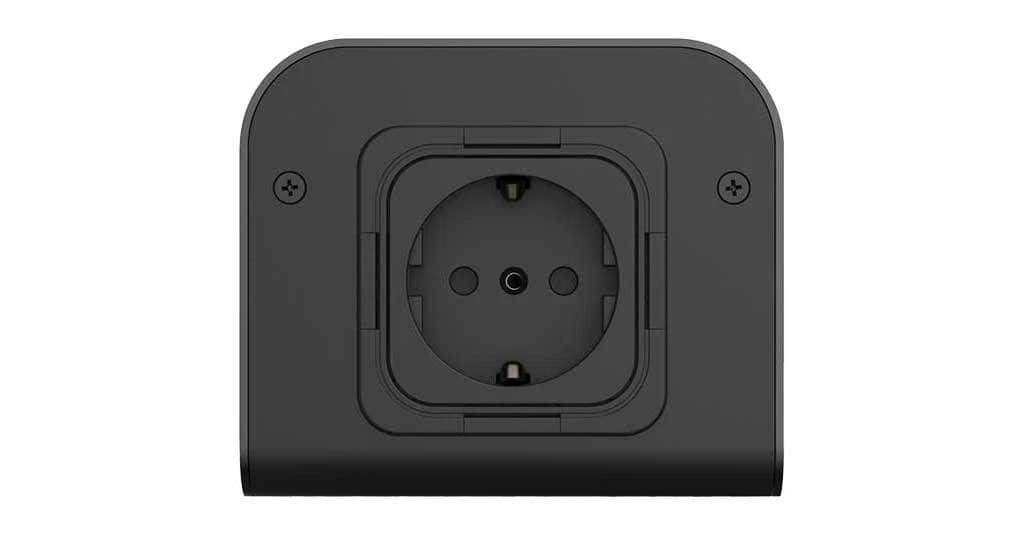
I began the sound tests with a CD version of Joan Osborne’s Relish and the track St. Teresa containing electric and bass guitar, mandolin, drums, organ and synths played via my Audiolab 6000CDT and Benchmark DAC.
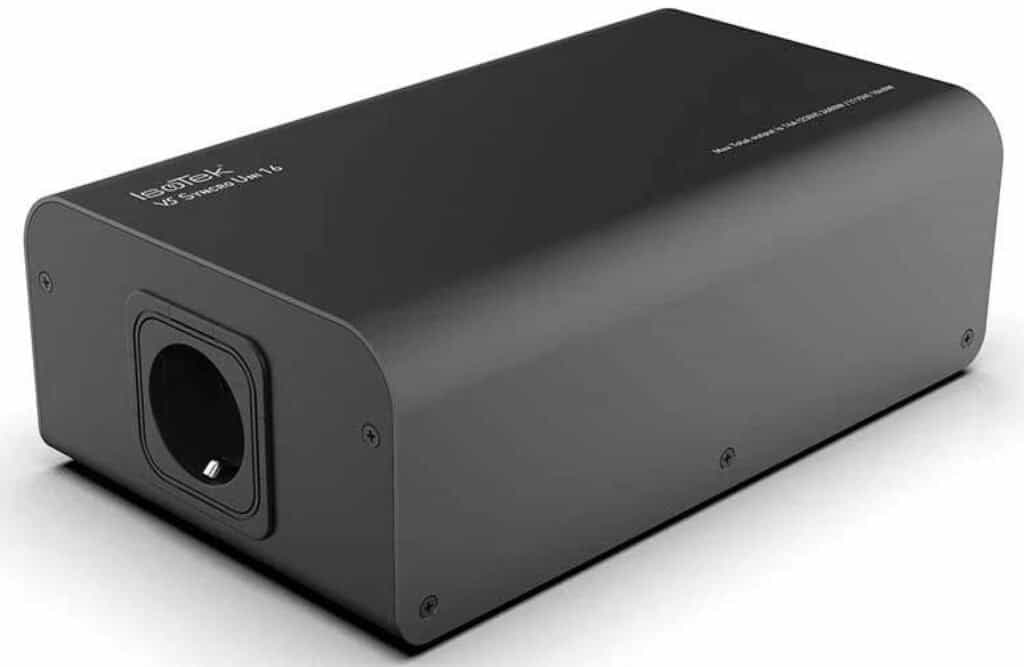
Now I must add, my system is already connected to a basket of noise-lowering accessories. They included the brilliant Connected Fidelity Six Star and Chord PowerHAUS M6 power blocks providing de-noise duties. And darned effective they were and still are too. High quality Tellurium Q Statement power cables added to that confidence while grounding accessories from both CAD and Furutech provided additional assistance.
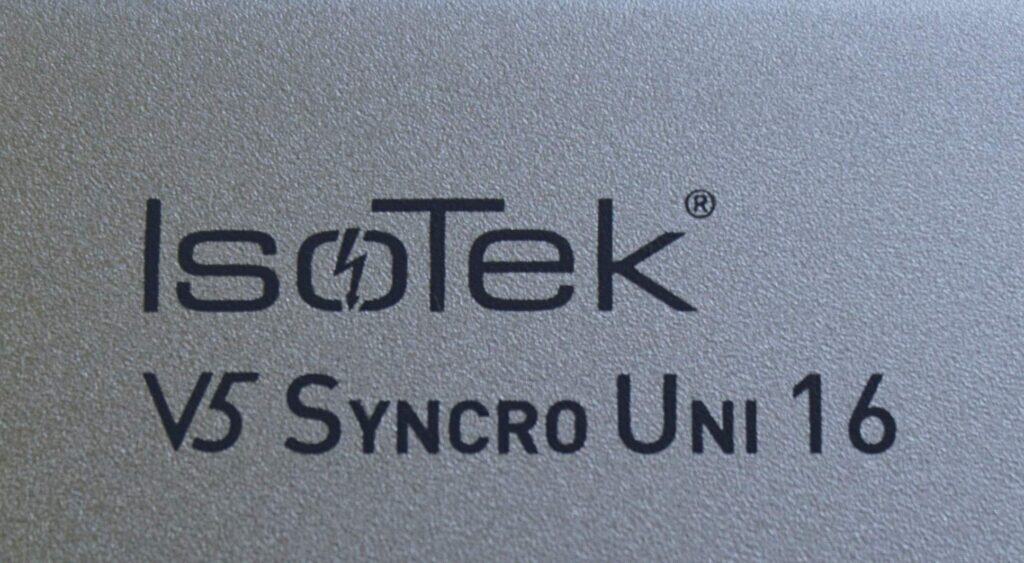
There is no silver bullet when you look to remove high-frequency noise. You need accessories that target different faces of this noise-laden Cerberus.

Even so, I wondered and actually doubted that anything would improve with the Isotek added to my burgeoning HiFi chain.
MOMENT OF TRUTH
So then. What now? Well, I plugged the Isotek into the wall socket and then my entire HiFi chain into the Isotek. Complete with all of my wonderfully-performing accessories.
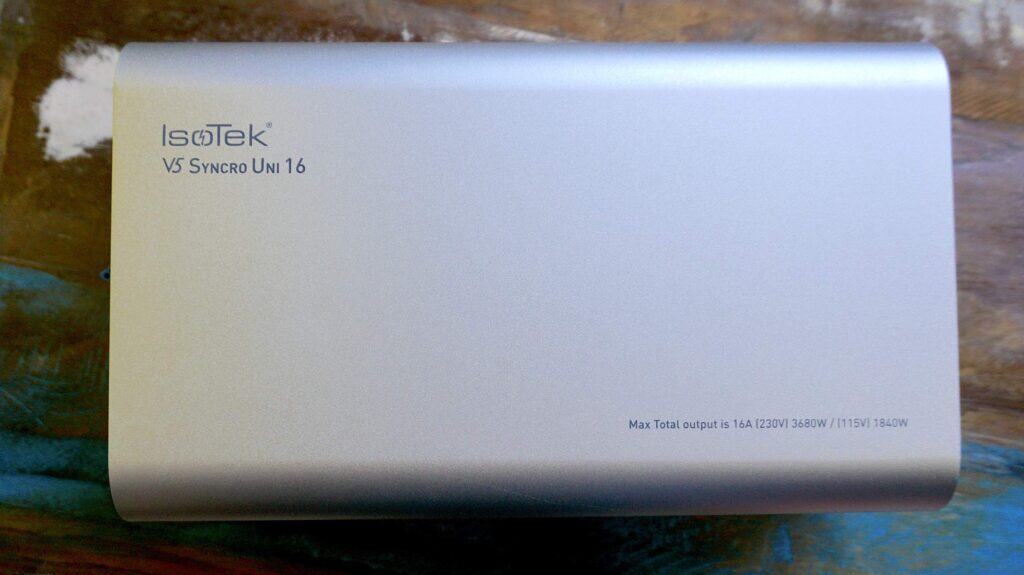
And well, you could have blown my down with a switch mode power supply because I could distinctly hear something missing. A distinct edge in the mids had been removed. And one that was not aggressive or especially egregious but it was definitely there. Now? It wasn’t.
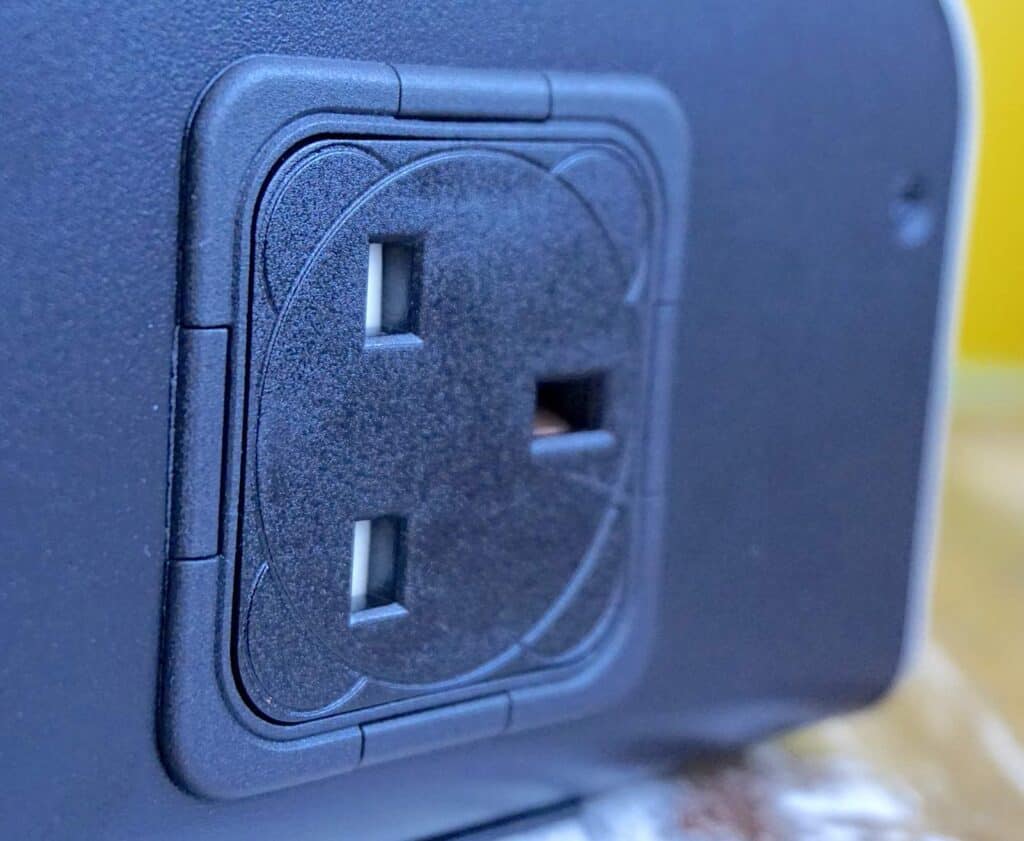
The bottom line was a sense of calm, especially from the lead vocal. Osborne’s vocal now had an enhanced sweetness, a vulnerability that just wasn’t there before. Some of the softly strummed acoustic guitar from the next track, Man in the Long Black Coat, was also now more calmly presented with subtle resonances from those strings more easily recognised by the ear.
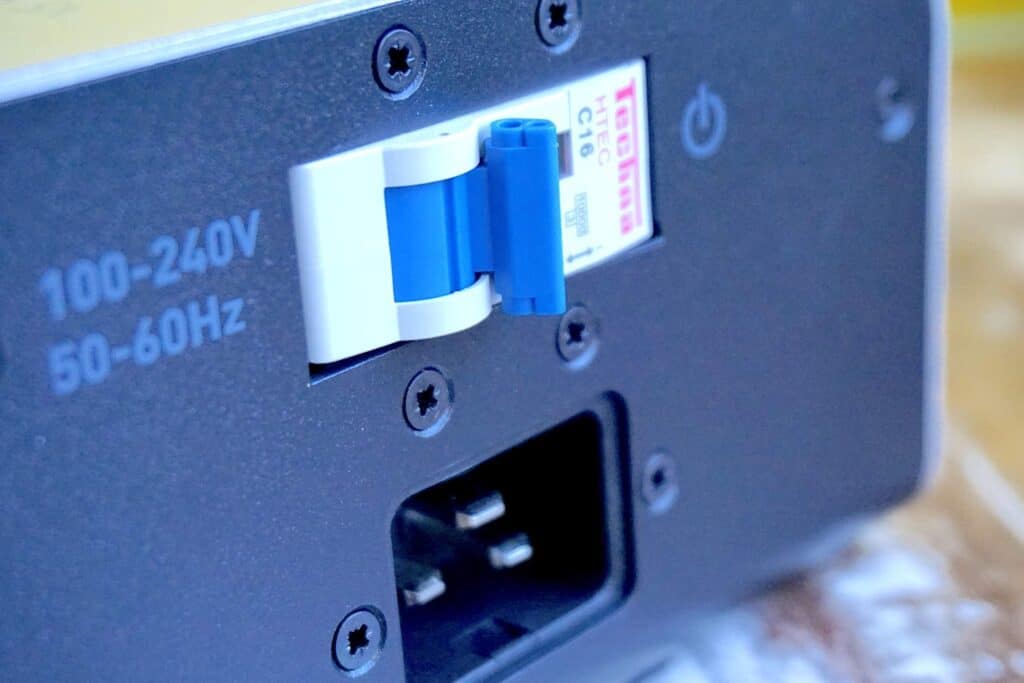
Even the short, sharp drum impacts exhibited less chrome and more naturalistic responses.
BALANCED POWER?
I also own a balanced power supply and so I added that to the mix. Not for any particular reason. Just curiosity. So, the chain was the following: the wall socket to the Isotek DC blocker to the Balanced power supply to the rest of my HiFi.
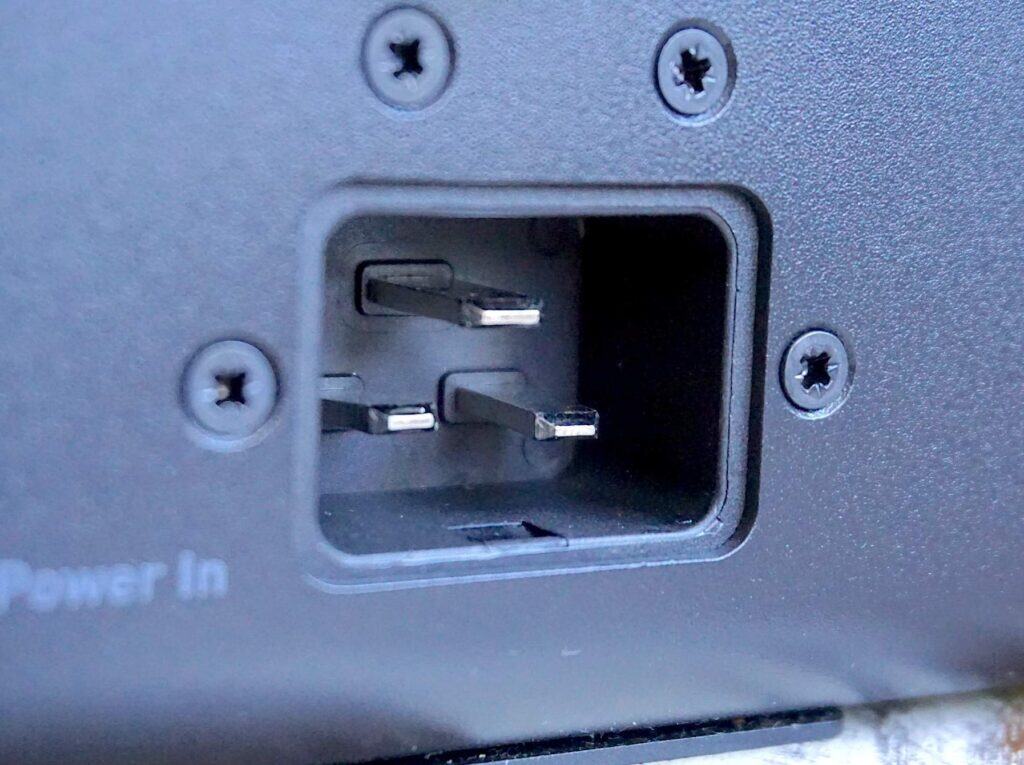
And yes, both the DC Blocker and my balanced power supply worked well together. Although, because the balanced power supply performed so well, the DC Blocker didn’t do enough or change enough to warrant purchase if you do own such a unit. The balanced power supply did a lot of the same tasks and tackled a lot of the same issues.
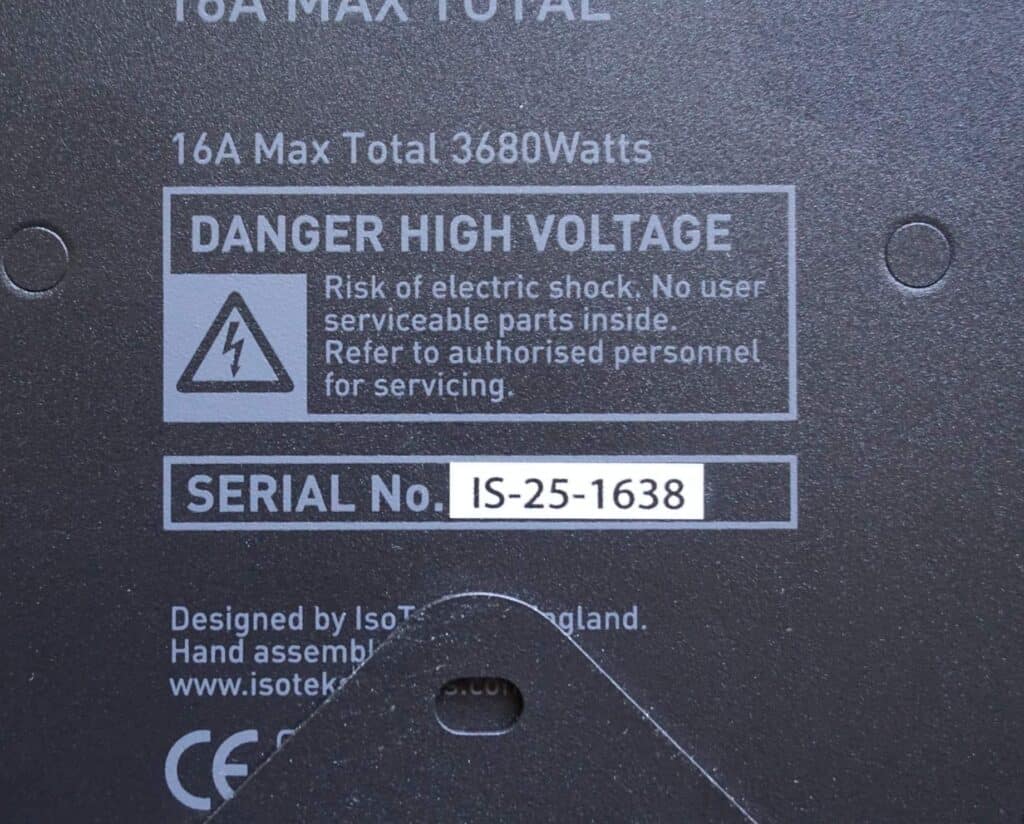
As I say though I’m guessing most people will not own a balanced power unit so the point is largely moot. Also, the Isotek is a much cheaper proposition as my balanced unit costs around £2k.
ONTO VINYL
Returning to the Isotek plus my basic power blocks and the rest? I changed the source to vinyl and Joanie Sommers 1962 LP original pressing of For Those Who Think Young via Warner Bros.
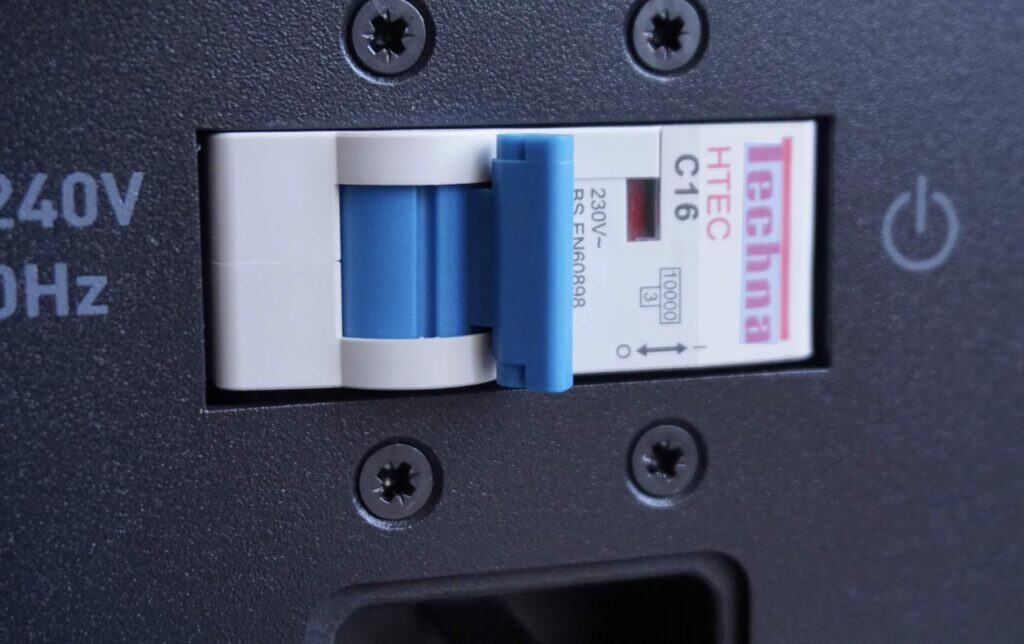
One of the elements I looked for here was the Sommers vocal, especially during crescendos. She could produce a nasal quality when she belted a song, squeezing her delivery and adding sharp edges to it.
The Isotek pulled those edges back, softening the vocal which remained both focused and lively with her big band backing providing both precision in the brass section but also air and space around the percussion wind section. Sommers performance now sounded more relaxed, reducing any possibility of listening fatigue.
CONCLUSION
To repeat, there is no silver bullet when you look to remove high-frequency noise and other variants in your HiFi system. This stuff arrives from different sources and different directions so don’t expect your snazzy new power brick to be the solution or your grounding accessory or your power conditioner or your cabling or isolation feet and on and on. They all help, though, they all work together as a team. They are part of the recipe to solve the bigger problem. Consider the Isotek V5 Synchro Uni 16 to be part of that overall solution. It does a great job in lowering noise to reveal more information, more detail and more music from your HiFi.
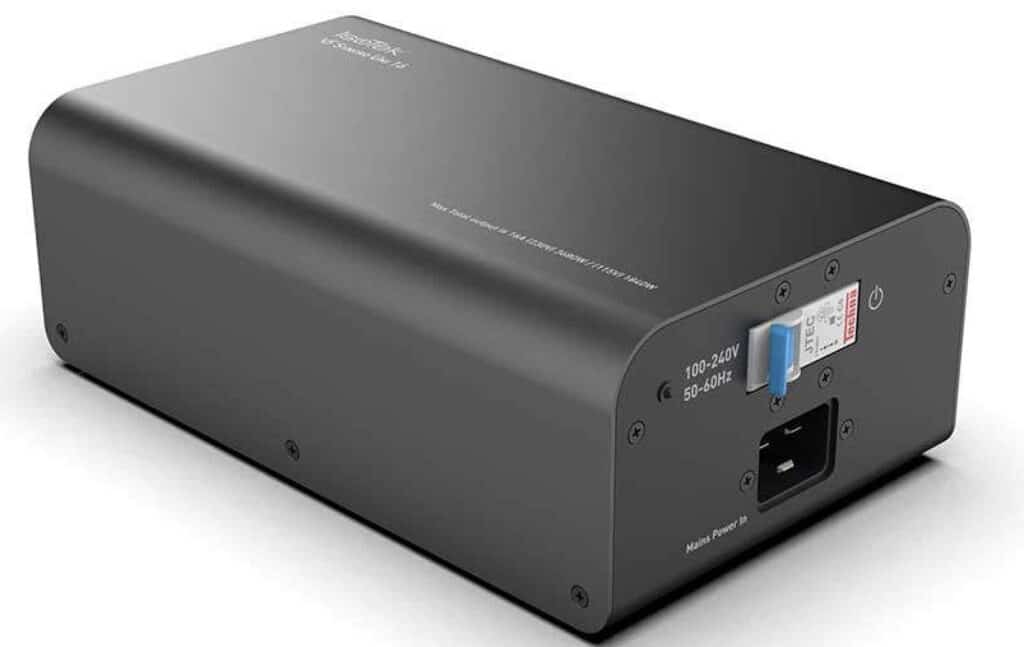
I’m guessing you paid a lot of money for that HiFi of yours. The Isotek V5 Synchro Uni 16 will help you to hear more of it.
ISOTEK V5 SYNCHRO UNI 16 DC BLOCKER
Prices:
Isotek V5 Synchro Uni 16: £695
Premier C19 high-power mains cable – 1.5m @ £250
Website: www.isoteksystems.com or https://www.soundservice.uk/brands/isotek
GOOD: lowers high-frequency noise, easy to install, small footprint, build quality
BAD: nothing
RATING: 8


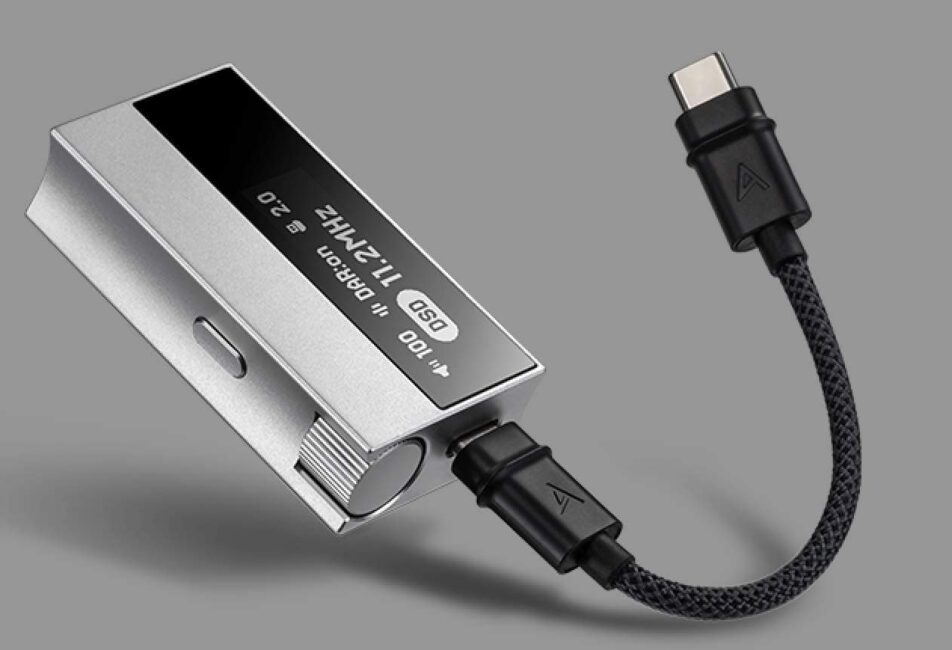
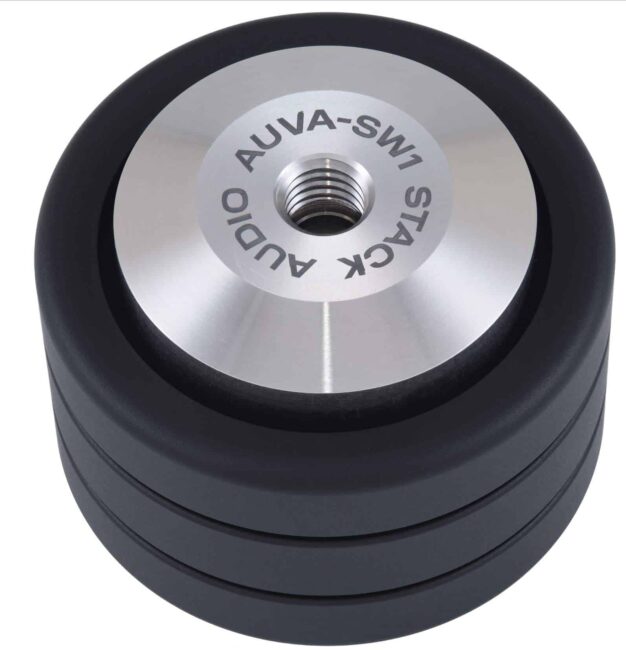
I can’t help thinking, that products like this are for people who listen to their system, obsessively, not people who listen to music.
Actually, it’s for people who think their system is getting in the way and they would rather remove it. It’s also not for everyone. Isolation feet aren’t for everyone either or upgrade platter mats or treated power blocks or grounding equipment and so on. It all depends on your sound bias and your expectations and if you want to wade out deep into the weeds…or not.